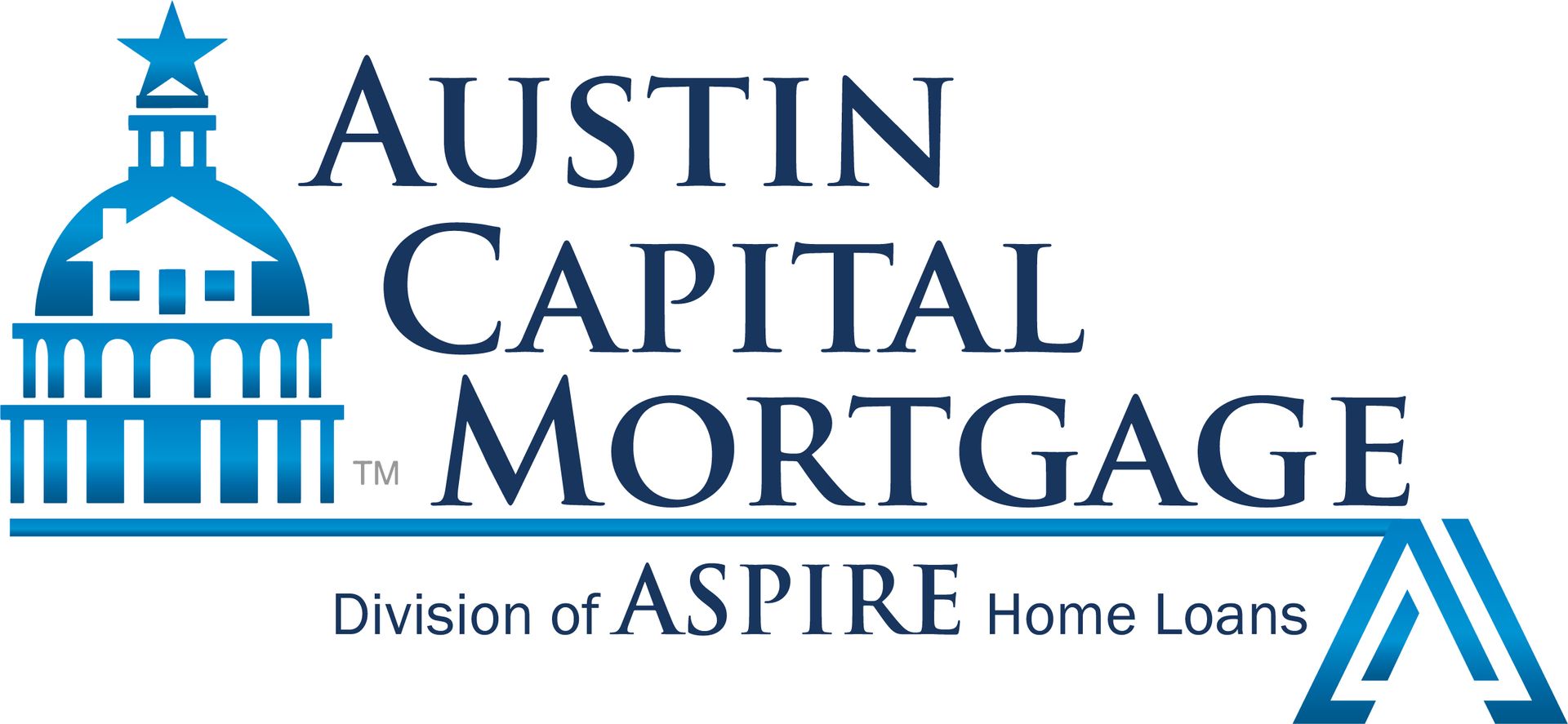The Mortgage Loan Process
Josh Neimark
Are you planning to buy a new home? Have you considered obtaining a mortgage loan to help finance your purchase? The mortgage loan process can be daunting, but don't worry, we are here to help you navigate it.
Understanding Mortgage Loans
A mortgage loan is a type of loan that is used to finance the purchase of a property. The loan is secured against the property, which means that if the borrower fails to make the required payments, the lender has the right to foreclose on the property and sell it to recover their money.
Types of Mortgage Loans
There are several types of mortgage loans available, each with its own features and benefits. Here are some of the most common types of mortgage loans:
Fixed-Rate Mortgage
A fixed-rate mortgage is a type of mortgage loan where the interest rate remains the same throughout the life of the loan. This means that your monthly payments will remain the same, which makes budgeting easier.
Adjustable-Rate Mortgage
An adjustable-rate mortgage (ARM) is a type of mortgage loan where the interest rate can fluctuate over time. This means that your monthly payments can go up or down depending on the current interest rate.
Government-Backed Mortgage Loans
There are several types of government-backed mortgage loans available, including FHA loans, VA loans, and USDA loans. These loans are backed by the government, which means that they typically have lower interest rates and more flexible credit requirements.
The Mortgage Loan Process
Now that you understand the different types of mortgage loans, let's take a closer look at the mortgage loan process. The mortgage loan process typically involves the following steps:
Pre-Qualification
The first step in the mortgage loan process is to get pre-qualified. This involves providing your lender with some basic information about your income, assets, and debts. Based on this information, your lender will give you an estimate of how much you can borrow.
Loan Application
Once you have been pre-qualified, the next step is to submit a formal loan application. This involves providing your lender with detailed information about your income, assets, and debts. You will also need to provide documentation to support your application, such as pay stubs, bank statements, and tax returns.
Loan Processing
After you have submitted your loan application, your lender will begin the loan processing phase. During this phase, your lender will verify the information you provided and may request additional documentation. They will also order an appraisal of the property to determine its value.
Underwriting
Once your loan has been processed, it will be sent to an underwriter for review. The underwriter will evaluate your application and determine whether you meet the lender's criteria for approval. If your application is approved, you will receive a commitment letter outlining the terms of your loan.
Closing
The final step in the mortgage loan process is closing. This is where you will sign the loan documents and pay any closing costs. Once the closing is complete, you will officially become a homeowner.
Conclusion
The mortgage loan process can be complex, but with the right information, you can navigate it with confidence. We hope this guide has helped you understand the different types of mortgage loans and the steps involved in the mortgage loan process. If you have any questions or would like to learn more, please feel free to contact us. We are here to help you achieve your dream of homeownership.

